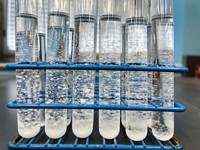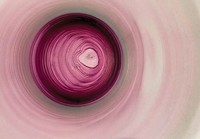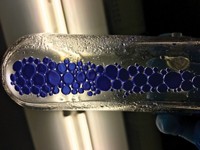Advertisement
Grab your lab coat. Let's get started
Welcome!
Welcome!
Create an account below to get 6 C&EN articles per month, receive newsletters and more - all free.
It seems this is your first time logging in online. Please enter the following information to continue.
As an ACS member you automatically get access to this site. All we need is few more details to create your reading experience.
Not you? Sign in with a different account.
Not you? Sign in with a different account.
ERROR 1
ERROR 1
ERROR 2
ERROR 2
ERROR 2
ERROR 2
ERROR 2
Password and Confirm password must match.
If you have an ACS member number, please enter it here so we can link this account to your membership. (optional)
ERROR 2
ACS values your privacy. By submitting your information, you are gaining access to C&EN and subscribing to our weekly newsletter. We use the information you provide to make your reading experience better, and we will never sell your data to third party members.
C-H Activation
Chemistry In Pictures
Chemistry in Pictures: Blue death
by Alexandra Taylor
June 20, 2019
Chemistry in Pictures is accepting entries to its water-themed contest until July 3. Enter today!

These short-lived blue globs formed when water was added to a cyclopentadienyl cobalt complex. While it may look beautiful, Jesús Sanjosé-Orduna says this color is a bad sign for anyone who works with these complexes because it means that the reaction is contaminated. With the addition of moisture, “unstable species are being formed, which are going to decay in the next minutes into a nasty and useless black slurry,” he says. Sanjosé-Orduna is a PhD candidate at the Institut Català d’Investigació Química. Since beginning his PhD, he’s struggled with ambient humidity interacting with the sensitive cobalt complexes. His research focuses on using the complexes to catalyze C–H activation reactions.
Submitted by Jesús Sanjosé-Orduna
Related C&EN content:





Join the conversation
Contact the reporter
Submit a Letter to the Editor for publication
Engage with us on Twitter